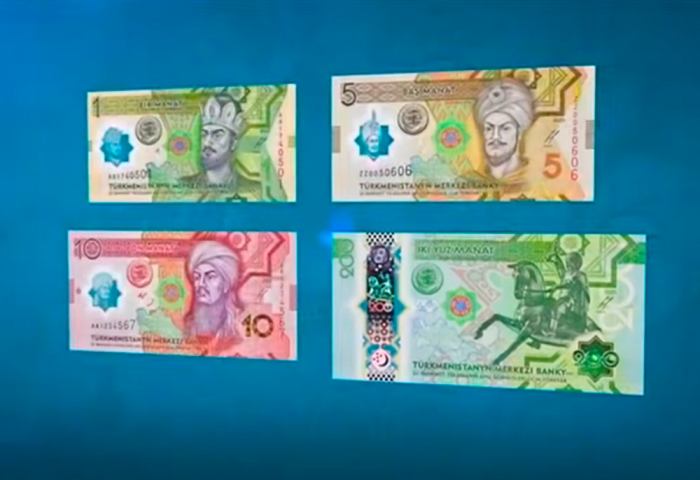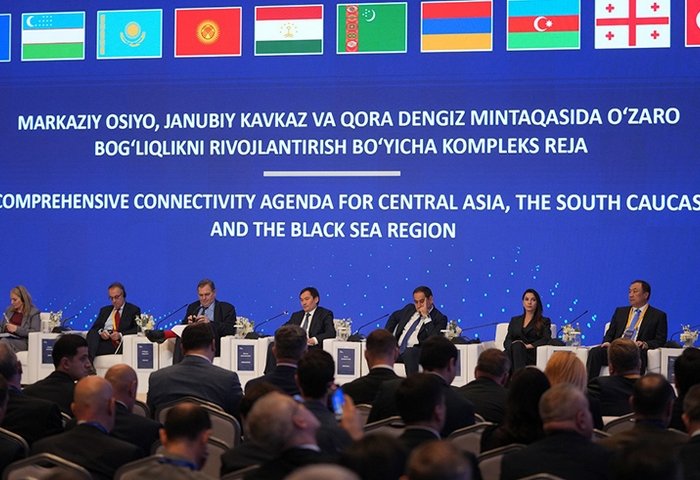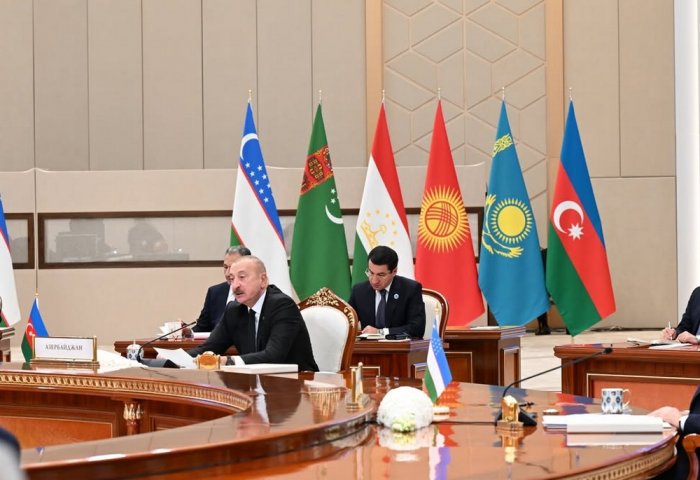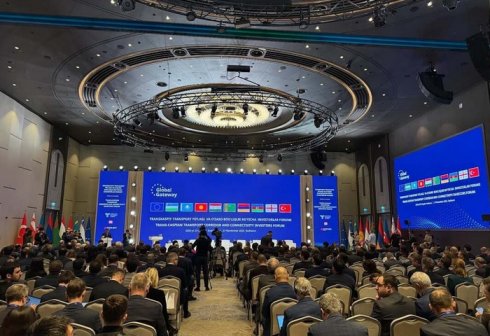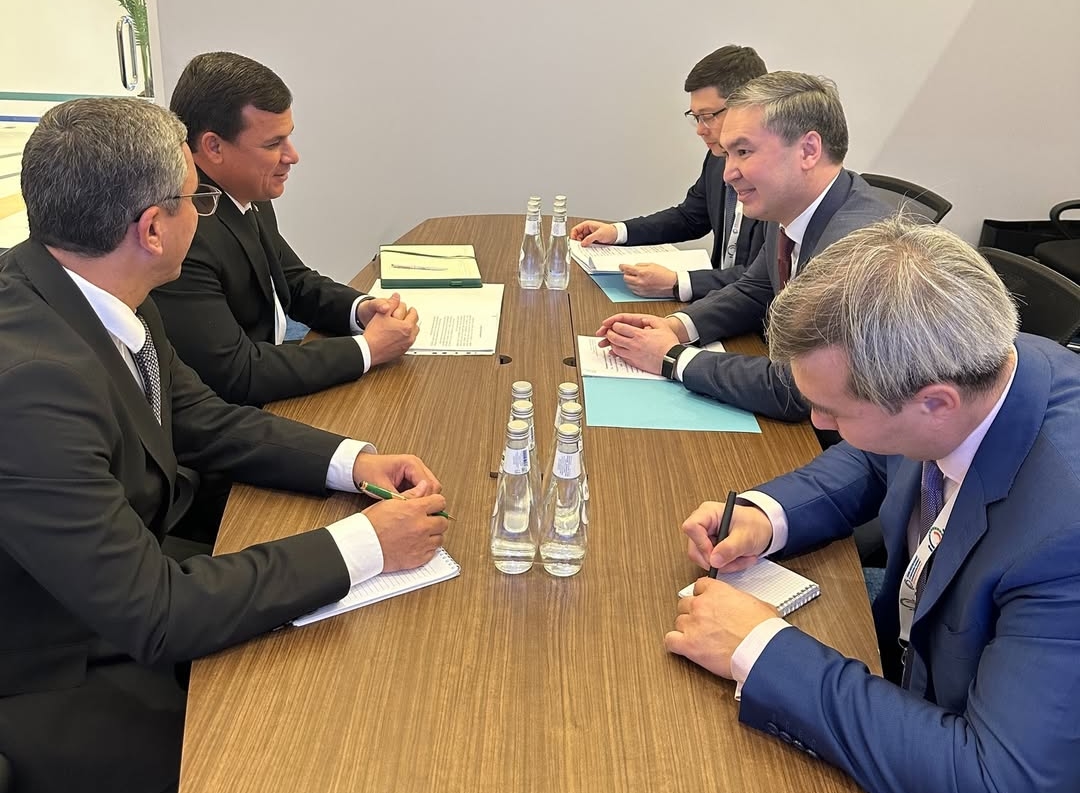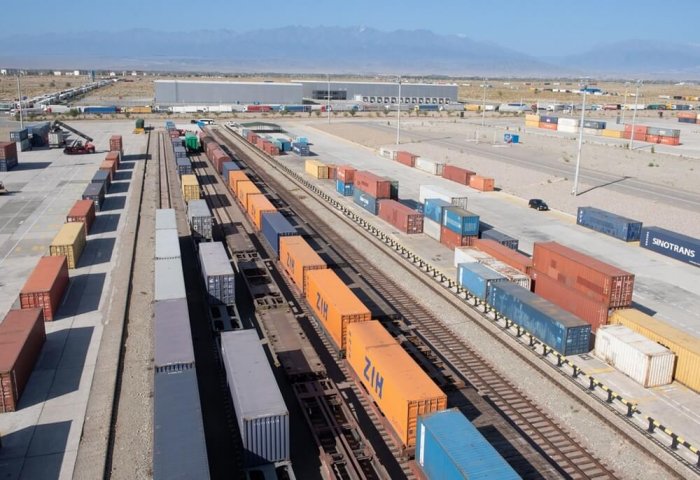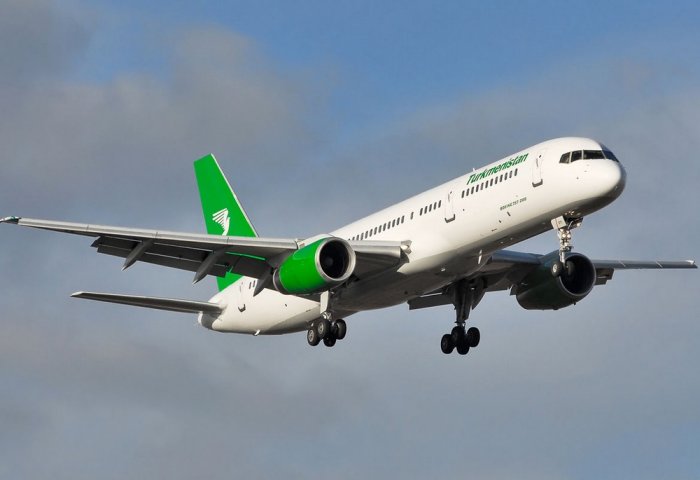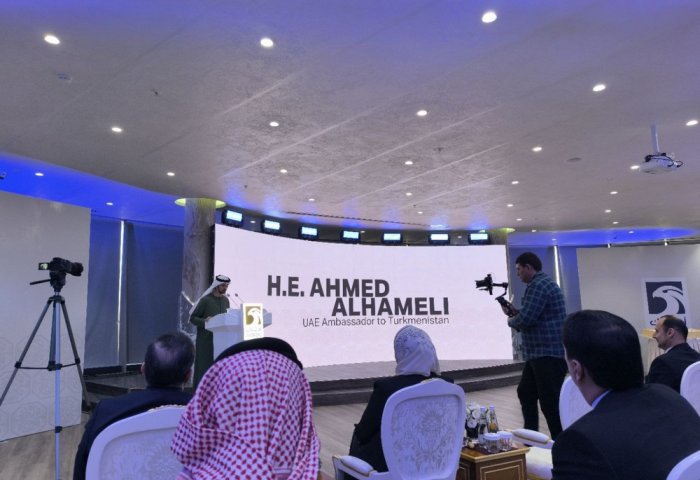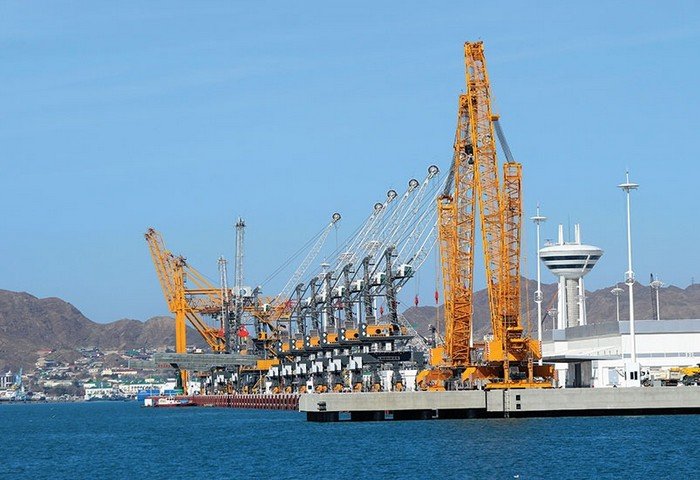
Turkmenistan’s investment in the development of the Eurasian Transport Framework (ETF) reached $5.3 billion as of July 1, 2025, according to a report by the Eurasian Development Bank (EDB).
A total of 325 development projects with a combined investment of $234 billion are currently being implemented across the region. Participating countries include Azerbaijan, Armenia, Afghanistan, Belarus, Georgia, Iran, Kazakhstan, Kyrgyzstan, Mongolia, Russia, Tajikistan, Turkmenistan, and Uzbekistan.
The majority of investments are directed toward the construction and modernization of key transport routes. This focus stems from the increasing need to enhance infrastructure to support trade and facilitate international cargo movement.
Ten of the largest infrastructure projects in Central Asia account for 58% of total regional investment in the Eurasian transport system. Among them are the China–Kyrgyzstan–Uzbekistan railway, the Tashkent–Andijan highway, the “Center–West” expressway in Kazakhstan, and the Ashgabat–Turkmenabat and Serahs–Mary–Serhetabat highways in Turkmenistan.
Of the 325 initiatives, 113 involve private sector participation, with nearly half related to logistics and warehouse infrastructure. Seventeen projects are being implemented under public-private partnership (PPP) frameworks, including two cross-border projects: the China–Kyrgyzstan–Uzbekistan railway corridor and the Trans-Afghan railway.
The Eurasian Transport Framework includes five major international corridors: the Northern, Central, and Southern Eurasian corridors, along with the TRACECA and North–South corridors. These core routes are supported by regional roads and extensions that enhance overall network connectivity.

